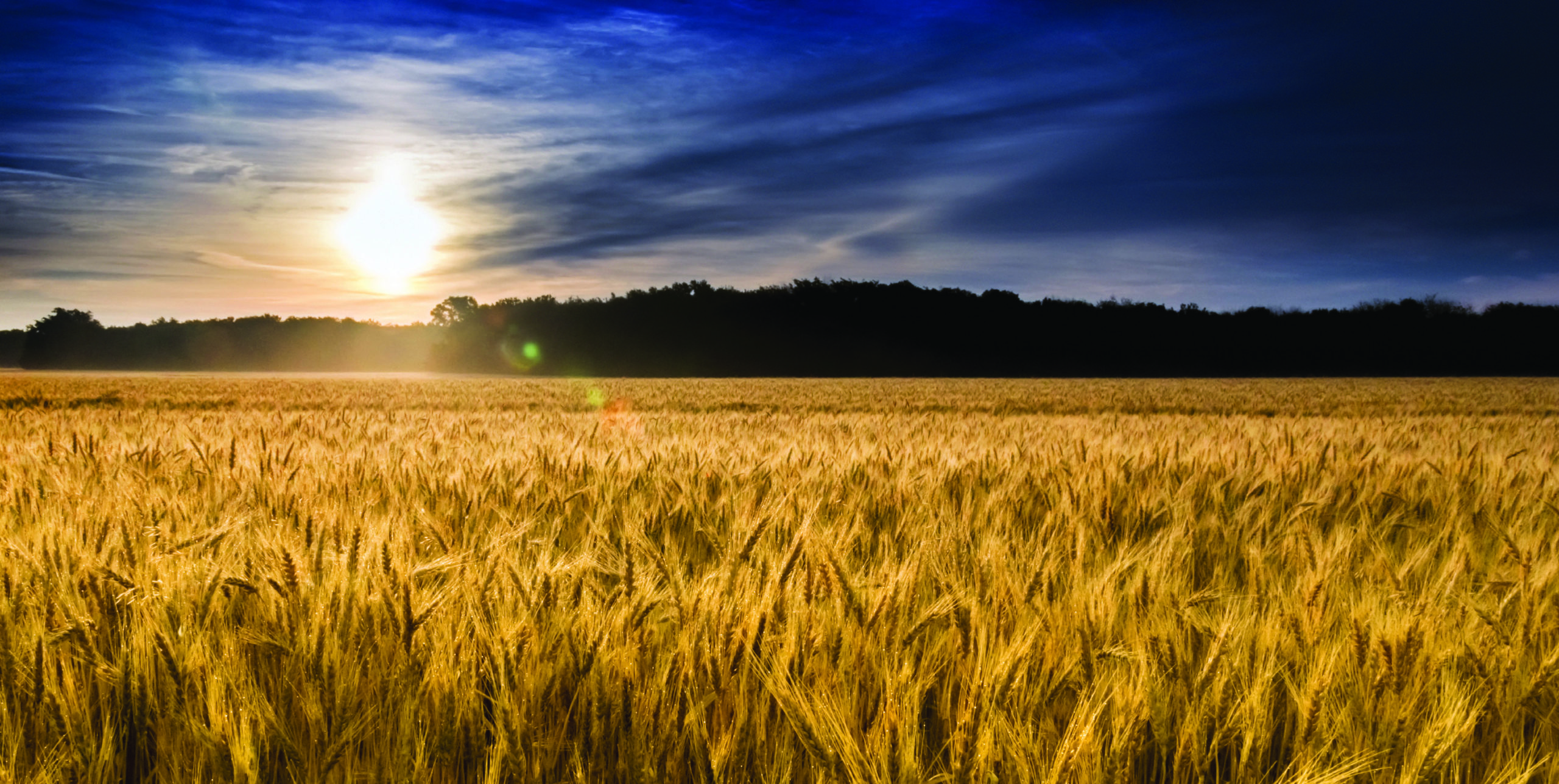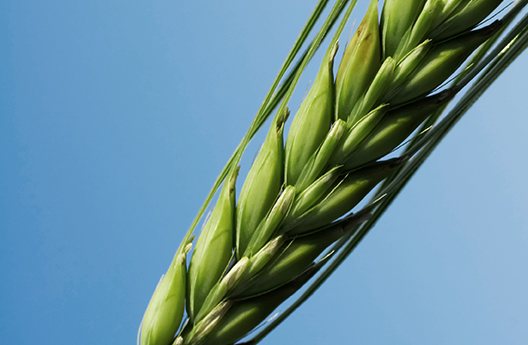By Steve Wirsching, USW Vice President and Director, West Coast Office
This week and next, USW is conducting a top-level Wheat Quality Improvement Team (WQIT) of U.S. wheat breeders taking face-to-face meetings with Asian milling and baking quality control managers to discuss end-use quality and functionality.
The breeders will hear first-hand what quality characteristics customers in overseas markets need so they can apply that knowledge in their work on new wheat varieties.
This team includes both public and private wheat breeders from the PNW focused on bringing the very best genetic technology to U.S. wheat farmers. Team members include:
- Mike Pumphrey, Associate Professor and the Orville Vogel Endowed Chair of spring wheat breeding and genetics at Washington State University, Pullman, where he has worked since 2010. He was previously a research geneticist employed by the USDA’s Agricultural Research Service at Kansas State University, Manhattan. Dr. Pumphrey’s participation is sponsored by the Washington Grain Commission (WGC).
- Phil L. Bruckner, a winter wheat breeder and Professor in the Plant Sciences & Plant Pathology Department at Montana State University, Bozeman. Dr. Bruckner obtained bachelors and master’s degrees at Montana State and a Ph.D. in 1985 from North Dakota State University, Fargo.
- Robert Talley, Plant Scientist and Head of the Hybrid Wheat Development team at AgriPro/Syngenta. Talley earned a bachelor’s degree from Colorado State University, Ft. Collins, in Soil and Crop Sciences. Prior to his current position, he was with Busch Agricultural Resources where he worked on the International Barley Research and Germplasm Exchange. Talley’s participation is also sponsored by the WGC.
The team will have the chance to interact with customers that are participating in a USW wheat quality analysis program at the United Flour Mill (UFM) Baking and Cooking Center in Bangkok, Thailand, as another team of wheat breeders did two years ago. Each breeder will make a presentation on how they are contributing to continuous quality and yield improvement of U.S. SW and HRS wheat, and, in Talley’s case, the potential for hybrid wheat varieties now in development. The breeders end their trip early next week in similar meetings with millers and wheat food processors in Taiwan.
Following their activity, the WQIT members will consider how to incorporate what they hear from customers into their breeding programs and communicate their activity to U.S. wheat farmers through the Wheat Quality Council and public as well as private breeding programs.
USW will post photos and other information from the 2017 WQIT on its Facebook page at www.facebook.com/uswheat.




